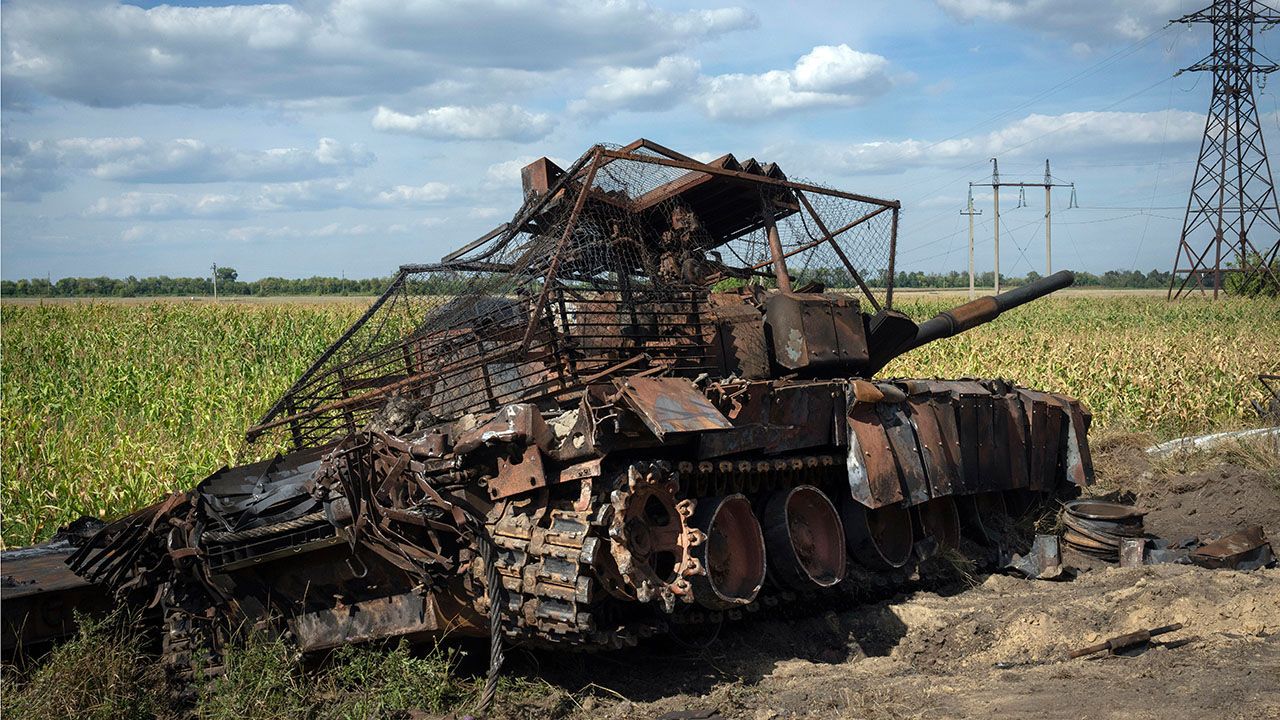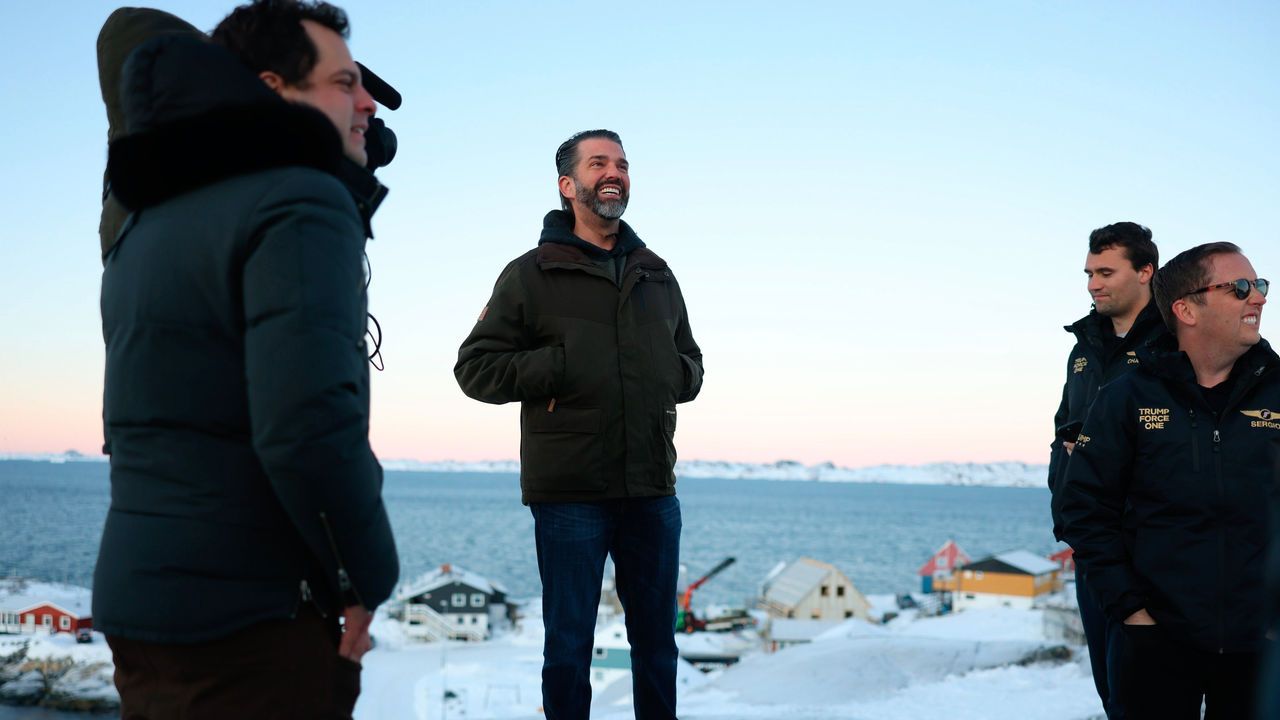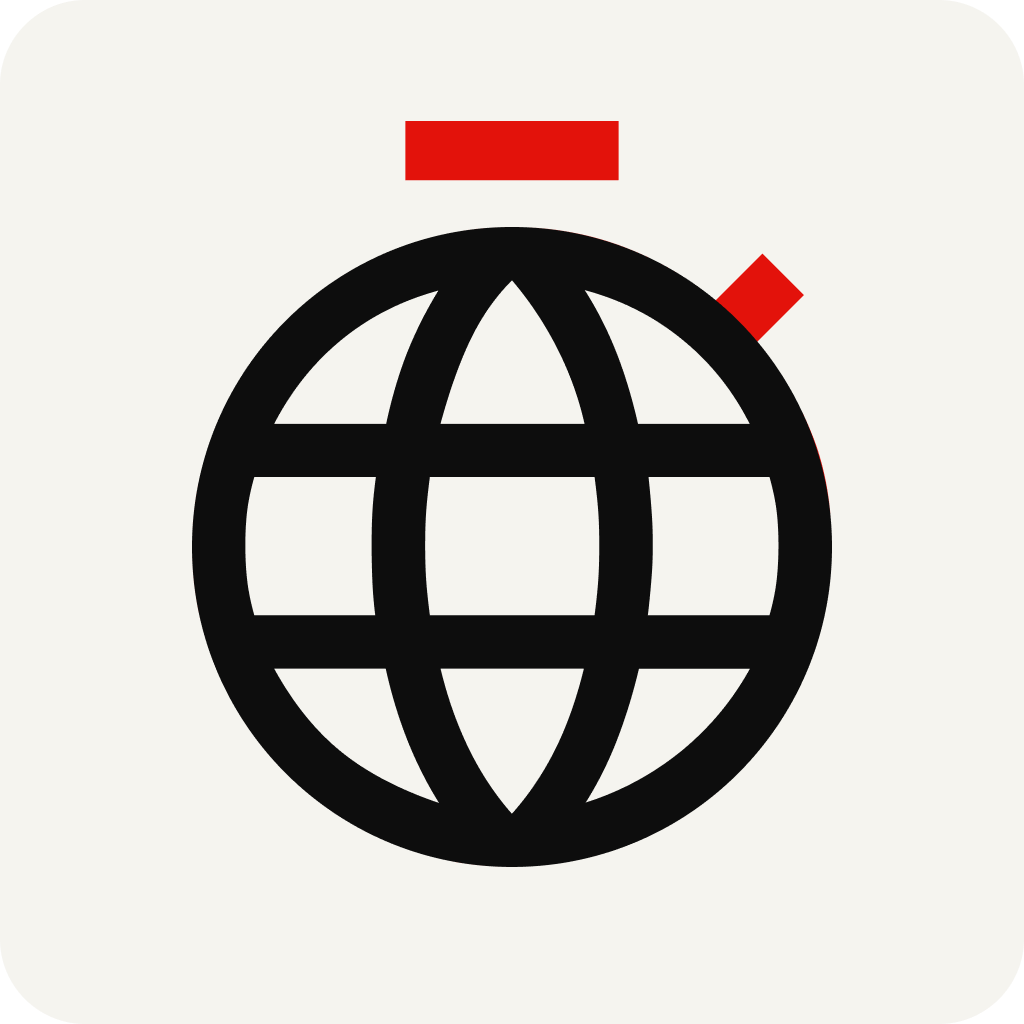What is Iran’s axis of resistance?
The country’s Middle Eastern network of allied militias has grown more powerful

AMERICA SAYS THAT its troops in Syria and Iraq have been attacked at least 55 times since Hamas’s assault on Israel on October 7th. Blaming Iran and its proxies across the Middle East, it has been hitting back: on November 12th America launched its third set of air strikes in eastern Syria since late October. Iran’s proxies have so far stopped short of launching attacks that could drag America into full-scale war. But their firepower poses a clear threat to America as well as its allies. What is this self-proclaimed axis of resistance, and how powerful is it?
Explore more

How will mines dropped by drones change warfare?
They make attacks on tanks more precise and troops easier to trap

What do Greenlanders think of being bought?
Donald Trump’s desire for Greenland, and a shabby visit by his son, reignite the independence debate

What would Donald Trump gain from seizing the Panama Canal?
The president-elect claims the crossing is controlled by China and rips off American consumers
Where does Santa come from?
How a miracle-working Greek bishop, Dutch folk figure and early New York icon became the ubiquitous symbol of Christmas
Who are the main rebel groups in Syria?
They were united against the country’s dictator. Now they have little in common
Is RFK junior right to say America allows more toxins than the EU?
He is, but things are slowly beginning to change








